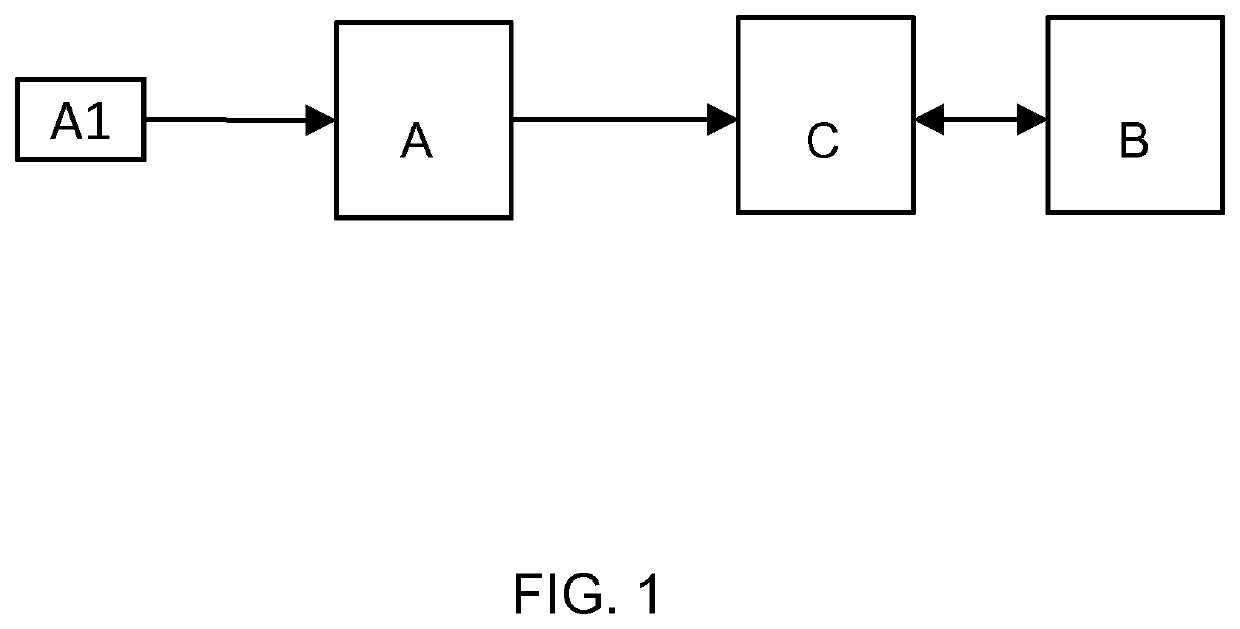Methods, uses and kits for monitoring or predicting response to periodontal disease treatment
a periodontal disease and treatment protocol technology, applied in the field of oral care, can solve the problems of tooth loss, low therapeutic intervention rate, and significant amount of untreated cases
- Summary
- Abstract
- Description
- Claims
- Application Information
AI Technical Summary
Benefits of technology
Problems solved by technology
Method used
Image
Examples
example
[0169]In a clinical study with 71 subjects undergoing repeated clinical visits at two independent clinical sites, who received treatment of periodontitis, of who:[0170]17 had low / unsuccessful response[0171]54 had high / successful response
we obtained Receiver-Operator-Characteristic Area-Under-the Curve values of >0.75 for detecting successful treatment outcome.
[0172]In statistics, a receiver operating characteristic curve, or ROC curve, is a graphical plot that illustrates the performance of a binary classifier system as its discrimination threshold is varied. The curve is created by plotting the true positive rate (TPR) against the false positive rate (FPR) at various threshold settings. The true-positive rate is also known as sensitivity, recall or probability of detection in machine learning. The false-positive rate is also known as the fall-out or probability of false alarm and can be calculated as (1−specificity). The ROC curve is thus the sensitivity as a function of fall-out. ...
PUM
| Property | Measurement | Unit |
|---|---|---|
| pH | aaaaa | aaaaa |
| pH | aaaaa | aaaaa |
| concentrations | aaaaa | aaaaa |
Abstract
Description
Claims
Application Information
 Login to View More
Login to View More - R&D
- Intellectual Property
- Life Sciences
- Materials
- Tech Scout
- Unparalleled Data Quality
- Higher Quality Content
- 60% Fewer Hallucinations
Browse by: Latest US Patents, China's latest patents, Technical Efficacy Thesaurus, Application Domain, Technology Topic, Popular Technical Reports.
© 2025 PatSnap. All rights reserved.Legal|Privacy policy|Modern Slavery Act Transparency Statement|Sitemap|About US| Contact US: help@patsnap.com

